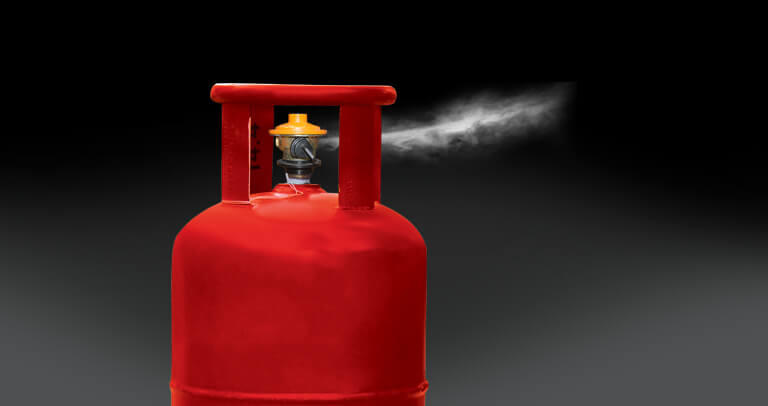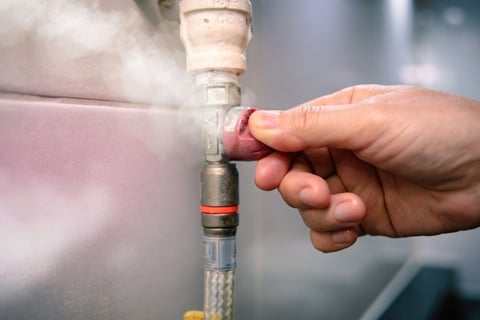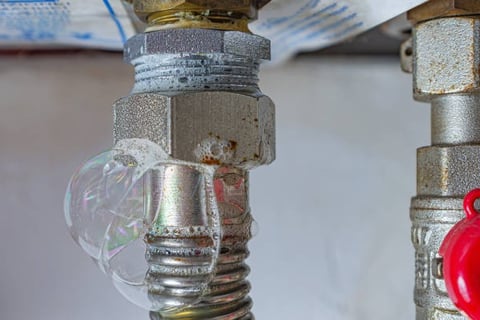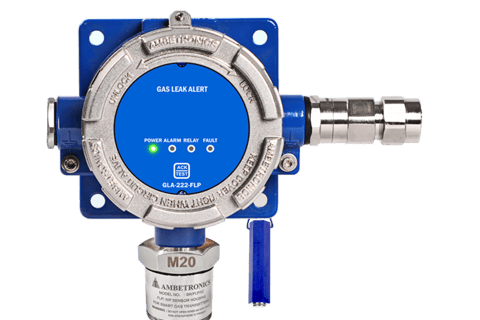Gas Leak Detection: Signs, Safety Measures, and Solutions for Homeowners
Natural gas pipelines offer home convenience, but safety is essential. Learn how to spot gas leaks and take action to keep your environment secure.
11/1/20244 min read


Signs of a Gas Leak from gas pipeline
Detecting a gas leak early can prevent serious accidents. Here are some key indicators that may suggest a leak in your
Distinct Smell from gas or gas pipeline
Natural gas is odorless, but gas companies add a chemical called mercaptan, which has a sulfur or "rotten egg" smell. This distinctive odor is the most common and easiest way to detect a gas leak from your gas pipeline installation.
Hissing Sounds
If you hear a hissing or whistling sound near your gas pipeline or gas appliance, it could indicate
Dead Vegetation
If you notice that the vegetation near your gas pipeline is wilting or turning brown for no apparent reason, it could be a sign of an underground gas leak. This is a common problem if there is damage in your gas pipeline installation, causing gas to leak into the soil and kill nearby plants.
Bubbles in Water
If your gas pipeline installation passes underground or near water and you see bubbles forming in standing water or puddles, this could indicate that gas is escaping from the line. This is an especially concerning sign in areas prone to moisture.
Physical Symptoms
Exposure to a gas leak can cause symptoms such as headaches, dizziness, nausea, or difficulty breathing. If you experience any of these symptoms while inside your home, your gas pipeline installation may be leaking. Evacuate immediately and seek fresh air.


Safety Measures to Take During a Gas Leak
If you suspect a leak from your gas pipeline installation, it’s crucial to act quickly and follow these safety measures:
Do Not Use Electrical Appliances
Avoid turning on or off any electrical appliances or lights, as this could create a spark that might ignite the gas. Even using your phone near the gas pipeline installation could pose a danger.
Turn Off the Gas Supply
If it’s safe, locate your gas meter and turn off the gas supply to prevent further leakage from the pipeline. The gas shut-off valve, typically installed during gas pipeline installation, is usually located near the gas meter and should be turned 90 degrees to stop the flow.
Ventilate the Area
Open all windows and doors to allow fresh air to circulate and dissipate the gas. Proper ventilation can help reduce the concentration of gas inside your home, making it safer until the gas pipeline installation issue is resolved.
Evacuate Immediately
Leave the premises and move to a safe distance from your home. Ensure all members of your household exit safely without causing a spark or triggering any electrical devices near the gas pipeline installation.
Contact Emergency Services
Once you are at a safe distance, call your gas provider’s emergency number or your local emergency services. Do not re-enter your home until professionals have inspected your gas pipeline installation and given the all-clear.


Solutions for Homeowners
To prevent and effectively manage gas leaks, homeowners should consider the following long-term solutions for their gas pipeline installation:
Regular Inspection and Maintenance
Schedule regular inspections of your gas pipeline installation and appliances by certified professionals. Early identification of wear and tear can help prevent leaks before they occur.
Install Gas Leak Detectors
Installing gas leak detectors in your home can provide an added layer of safety. These detectors will sound an alarm if they detect elevated levels of gas in the air, providing an early warning, especially in homes with older gas pipeline installations.
Upgrade to Modern Gas Lines
Older gas pipelines made of outdated materials can be prone to corrosion or leaks. Upgrading to modern materials like flexible stainless steel tubing can enhance the safety and longevity of your gas pipeline installation.
Appliance Maintenance
Ensure that your gas appliances are installed correctly and checked periodically by a qualified technician. This includes verifying that your gas pipeline installation is secure, connections are tight, and all appliances are ventilated properly.
Educate Your Family
Teach everyone in your household about the signs of a gas leak and the steps to take if one occurs. Ensuring that everyone knows how to respond will minimize risk and ensure that gas pipeline installation safety protocols are followed.
Automatic Shut-Off Devices
Consider installing an automatic gas shut-off device that can detect excessive gas flow and shut off the gas supply. This can prevent the situation from escalating if a major leak occurs, adding a layer of protection to your gas pipeline installation.


Conclusion
Being proactive about gas leak detection and prevention is essential to ensure the safety of your home and family. Knowing the signs of a gas leak, taking the right safety measures, and investing in reliable solutions can go a long way in keeping your home safe.
At Vault Gas Pipeline Installation, we prioritize the safety of our customers. Our expert gas pipeline installation and maintenance services are designed to provide you with a safe, efficient, and reliable gas supply for your home. If you have any concerns or need assistance with gas pipeline installation or maintenance, don’t hesitate to reach out to our team. Stay safe, stay informed, and enjoy a worry-free cooking experience.
Contact US Today:
Email: info@vaultgaspipeline.site
Phone:
+91 8522 09 2525
+91 95155 92020


Quick Links:
Services
Our Process
Why Choose us
Contact us
Our Services:
Gas Pipeline Installation
Gas Pipeline Maintenance
